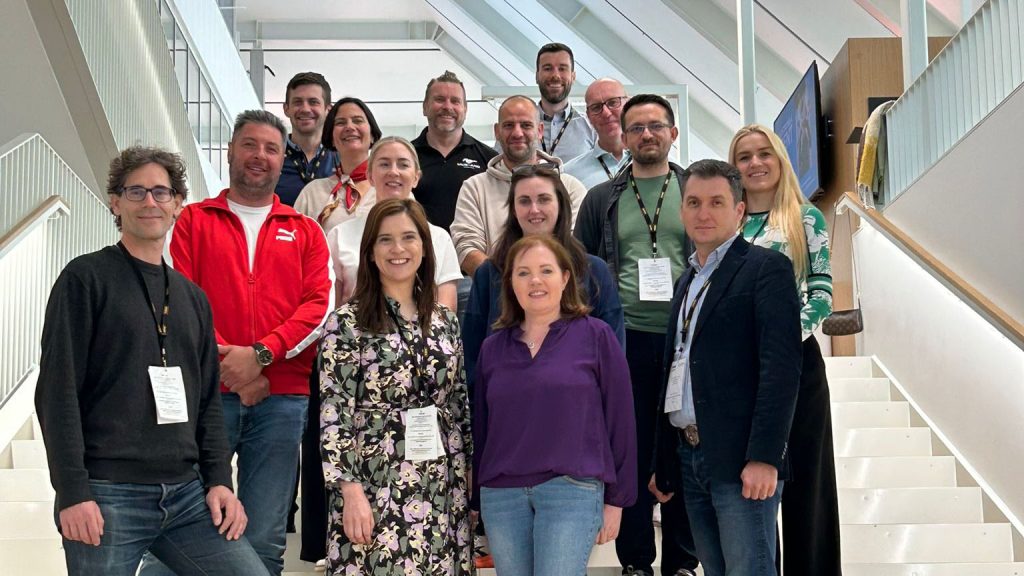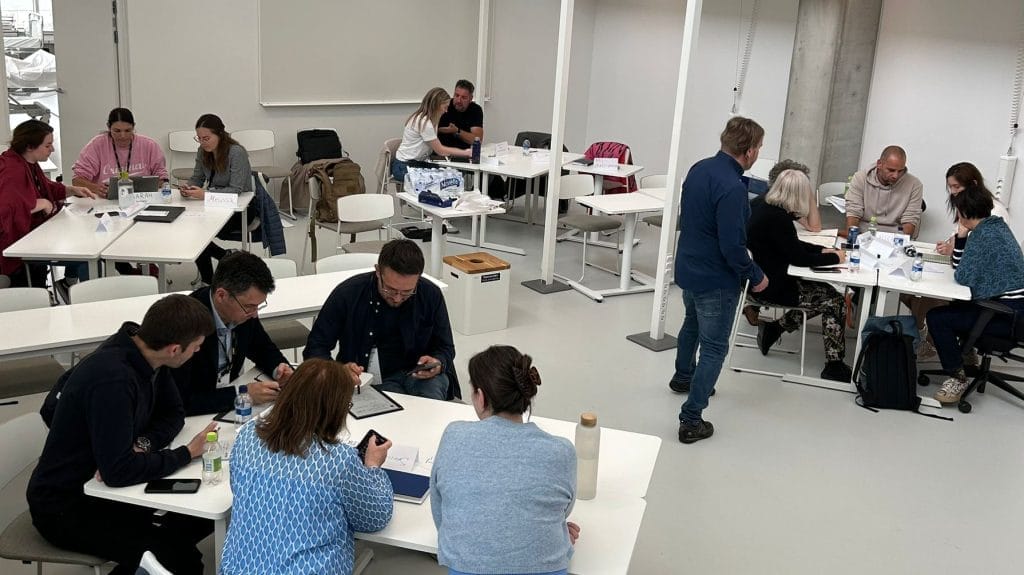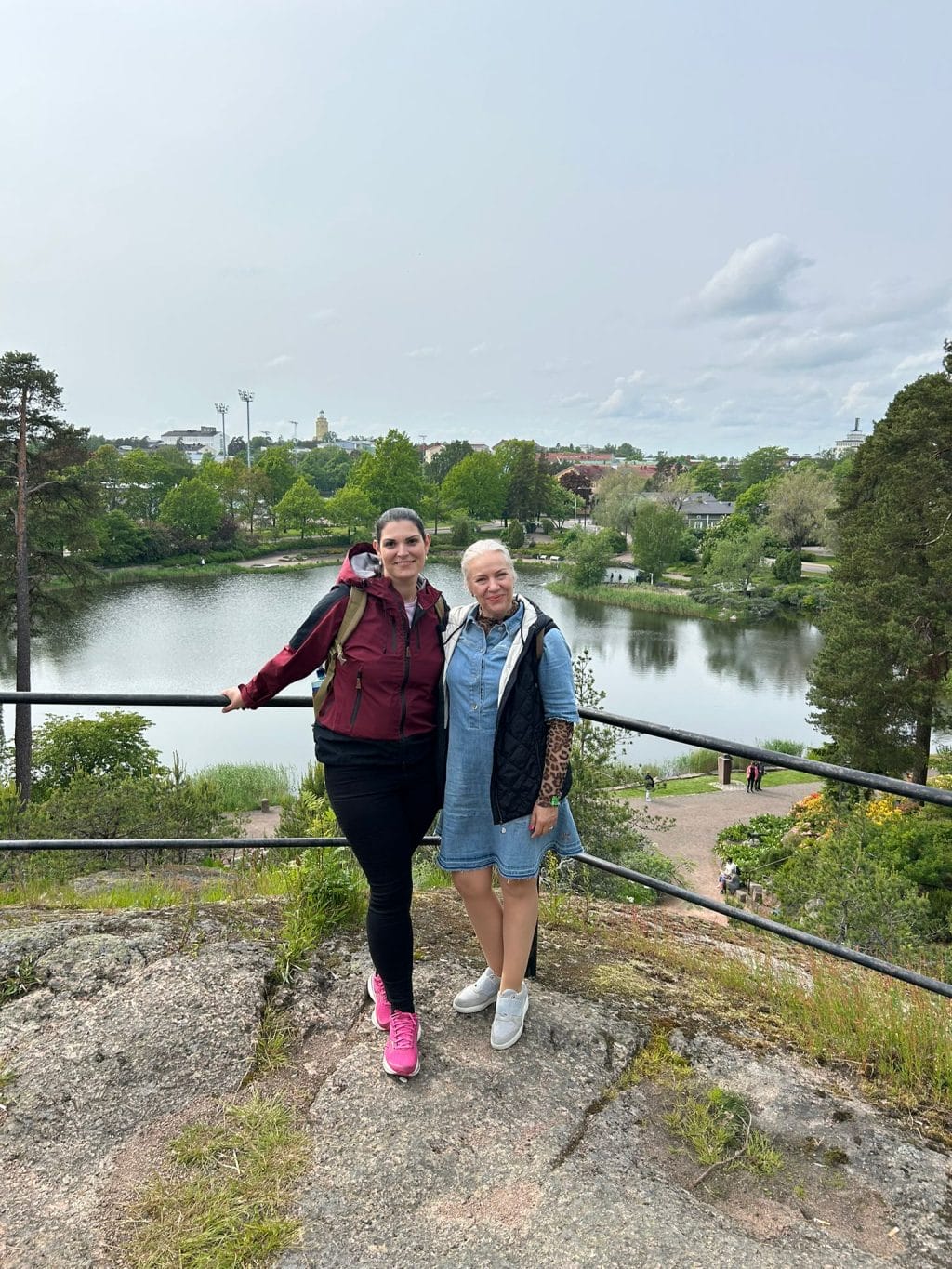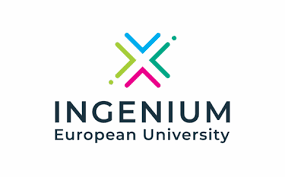Xamk’s New Simulation Facilities and Teaching in Kotka Attract Interest from Across Europe
For this BIP the target audience were INGENIUM teachers and staff members who need simulation pedagogical competencies in their work. 18 teachers and staff members joined the BIP from 6 universities. Lecturers Jarno Hämäläinen and Hannu Salonen organized the BIP. Hämäläinen and Salonen work in the Department of Health Care and Emergency Care at.
– It’s a lovely campus, incredibly well structured, its modern and Jarno and Hannu are great lecturers and I’m just having great time learning new things, comments Simeon Slavchev, the innovation leader and work package five coordinator on behalf of the Medical University of Sofia (MUS).
Slavchev was interested to see what are the best practices currently in Xamk and to gather ideas and concepts to develop their own simulation room in MUS.

Theory into practice
During the BIP the participants learnt how to utilize simulation pedagogy in teaching and learning. They learned how to set learning goals and how to build a simulation scenario. Based on the theory and examples from Xamk the participants planned their own simulations scenarios.
– We get to practice the theoretical education into the practice and that is what the profession is all about as a nurse. So that’s why simulation works in the pedagogy world, says participant Sarah Darwiche, a nurse and a lecturer in the the University of Skövde, highlighting the importance of simulation pedagogy.
Ideas to take back to home universities
The BIP also taught the participants to be simulation instructors and to understand the importance of human factors and human error and systems thinking in the teaching and learning process. Darwiche says she learned many things she can apply in her work in Sweden. In particular, the discussions about human error and motivating colleagues were insightful.
– Students enjoy simulations, but how do you motivate colleagues? Darwiche reflects.

Also, Slavchev says that he wanted to gather ideas on how to approach simulation pedagogy and present the information to students in both safe and also constructive and practical environment. Participants learned useful information to bring back to their own institutions.
Networking by the Baltic Sea
During the week the participants had also a chance to explore Kotka as they visited the Sapokka Water Park and Maritime Center Vellamo, went to sauna and swimming in the Baltic Sea and had dinners together. BIPs are a great way to network with staff from other INGENIUM partners and to explore other cultures and ways of doing. Darwiche says that the week exceeded her expectations.
I didn’t think we would get to discuss as much, I thought it was gonna be like a lecture, lecture, lecture, but the discussions have been so good with everybody. And because everybody is from such different places the discussions have been really really good, says Darwiche.
Her comment shows how interdisciplinary collaboration and learning together is beneficial!

Did you get interested in BIPs? Good news for you! INGENIUM partners are hosting BIPs during the next academic year. Sing up for INGENIUM’s newsletter and follow INGENIUM on social media to hear about the calls.
INGENIUM
- Xamk is part of the European University INGENIUM, a campus consisting of ten European higher education institutions.
- Joint studies and degrees, research cooperation, information and experience sharing, student exchange, and staff mobility are at the heart of INGENIUM.
- INGENIUM is co-funded by the European Union.









